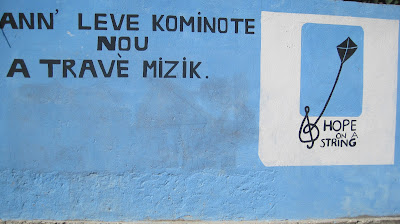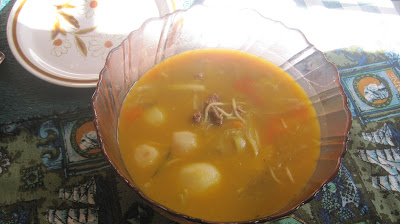I’ve been back in Manhattan for about a week now, working
with Bennett on the business side of the Hope on a String operation. To get to
the office, I board the subway on the upper west side and take it down to Times
Square. It’s a short walk to the office building, where I enter the security
lobby and have a new “guest sticker” printed for me every day. I take the
elevator up to the Sky Lobby where I continue on across the large hall to the
elevator bank. I enter the floor number of the office into a kiosk and I am
electronically directed to one of the thirty elevators. On the way up to the
office, my ears pop. The office window looks out onto the cesspit of lights and
commotion that is Times Square.
It’s hard to fathom the reality that I am only three hours
away from Patrice and the rest of my friends in Haiti. Sitting in this
spaceship office building, I’m already starting to forget their faces. Three
hours and one universe away. Luckily, many of my acquaintances in Corail gave me
pictures to remember them by.
The first few days back were difficult: I was seeing
everything through a new pair of eyes and hating it all. When I ventured out of
the apartment to find some lunch, I was completely overwhelmed. Food everywhere
you look—every cuisine and variation imaginable. I wandered around in a daze
for almost two hours before finally going to a Subway.
It’s amazing how quickly we’re able to slip right back into
the rhythm of American (US) life. I’m no longer fascinated by the water that I
can drink straight from the sink and I no longer feel guilty every time I have
three meals a day or charge my phone. Watching myself reintegrate into our
culture here has been an uncomfortable and thought-provoking experience. Haiti
has left me shaken in many ways—it has made me realize how little I really know
about myself and about the world. The only thing that I know for sure, without
any doubts or reservations, is that I’m going back.
















































.JPG)